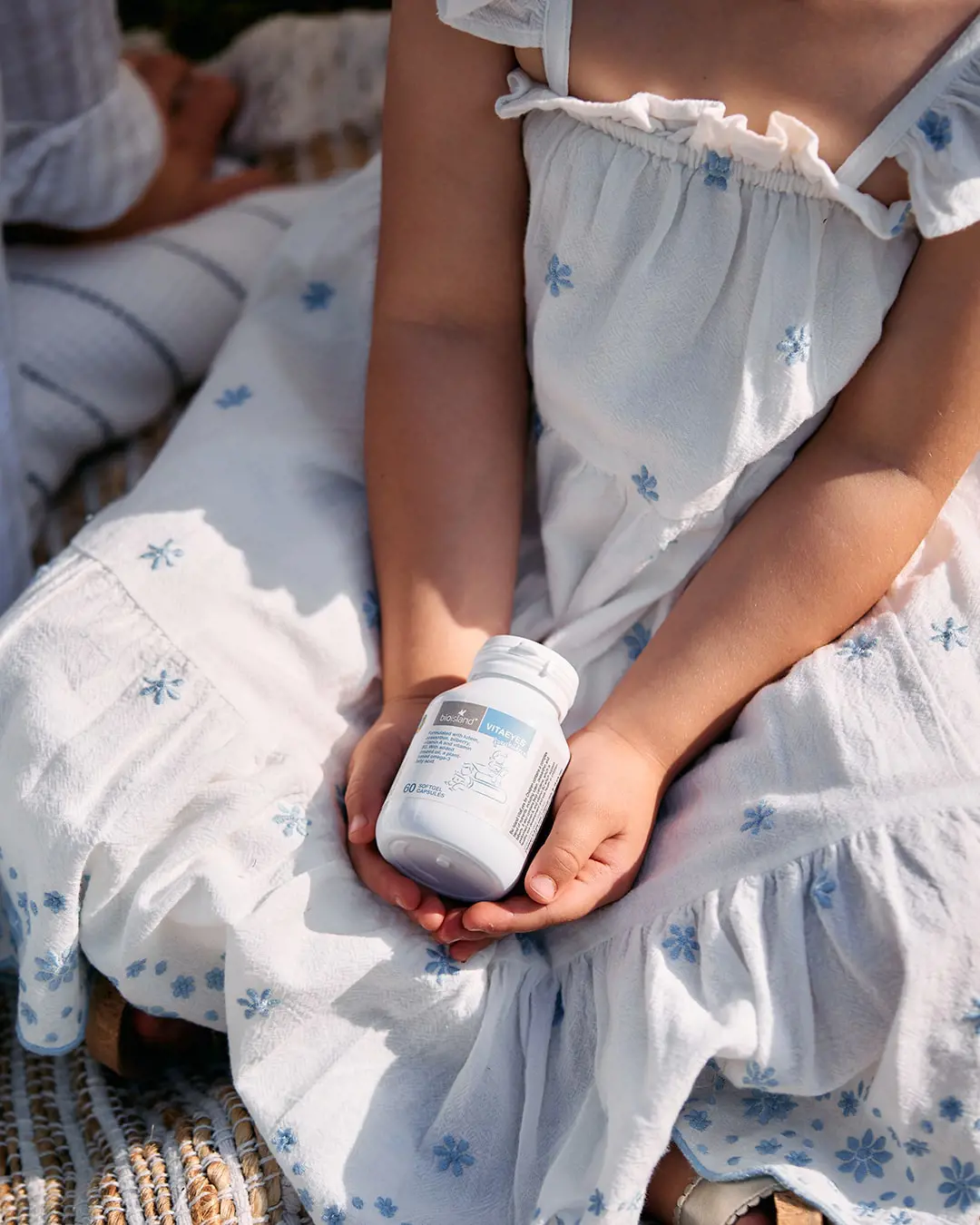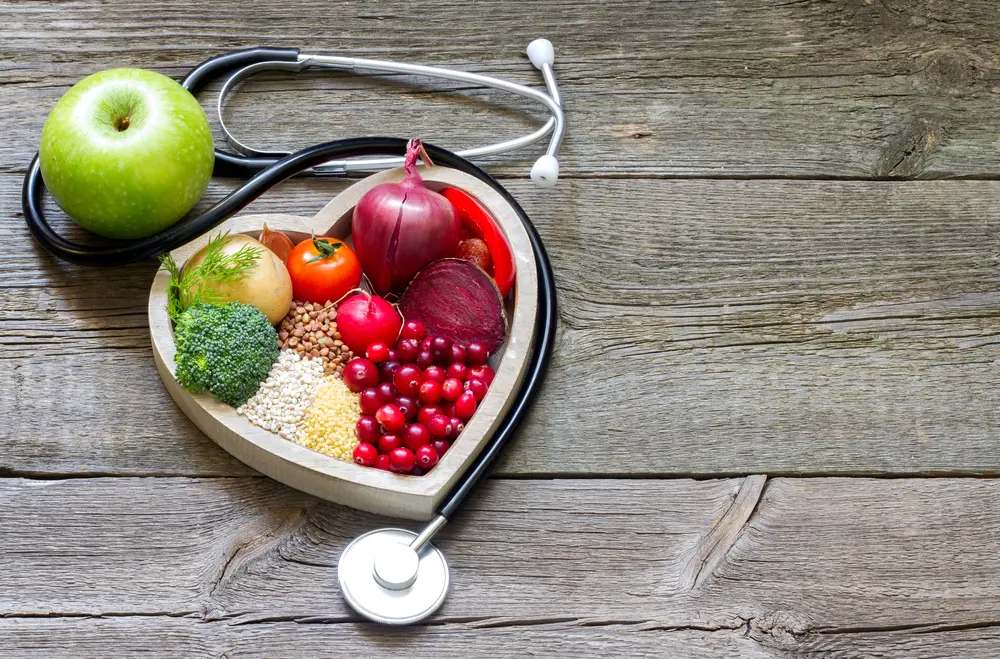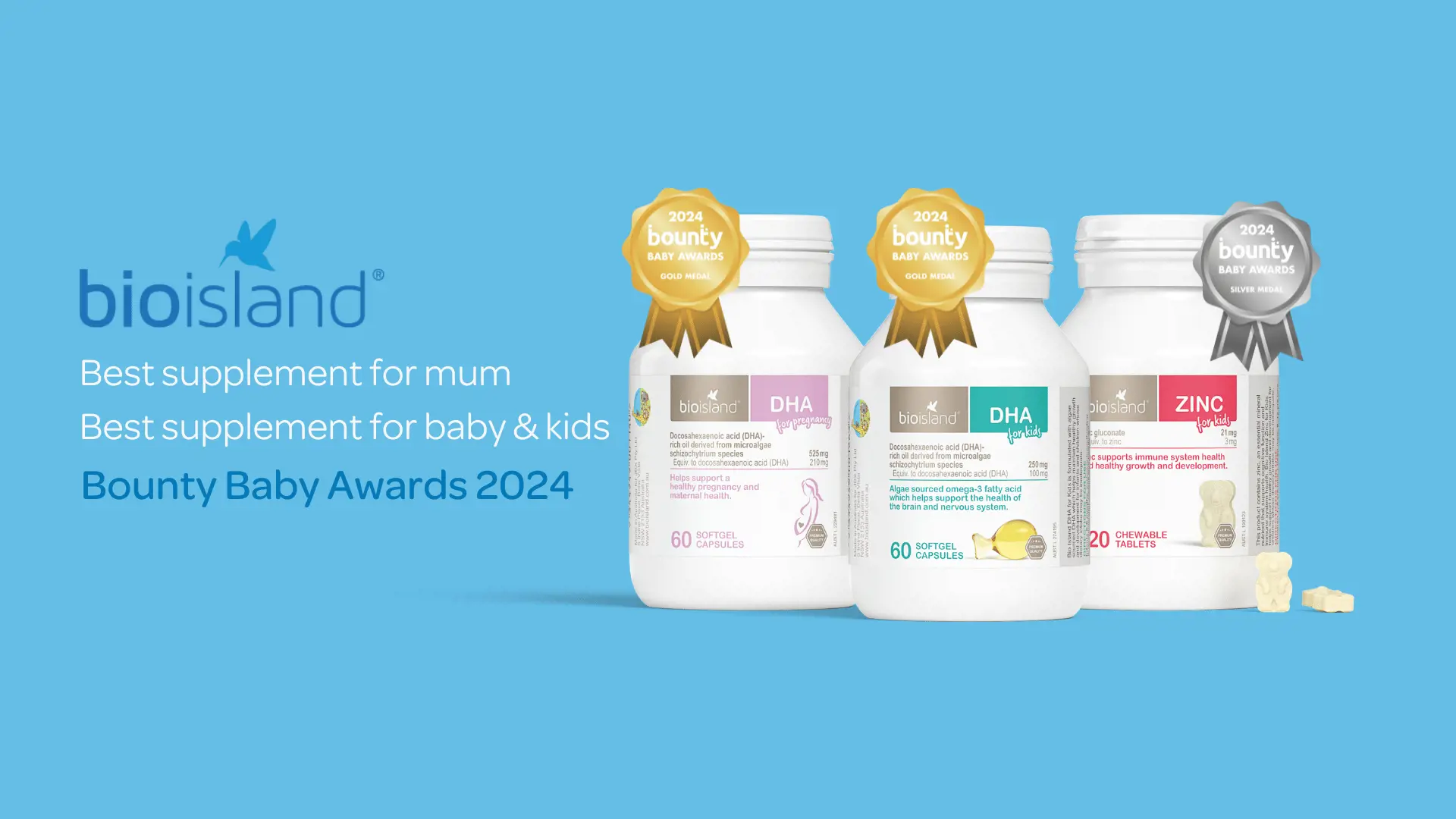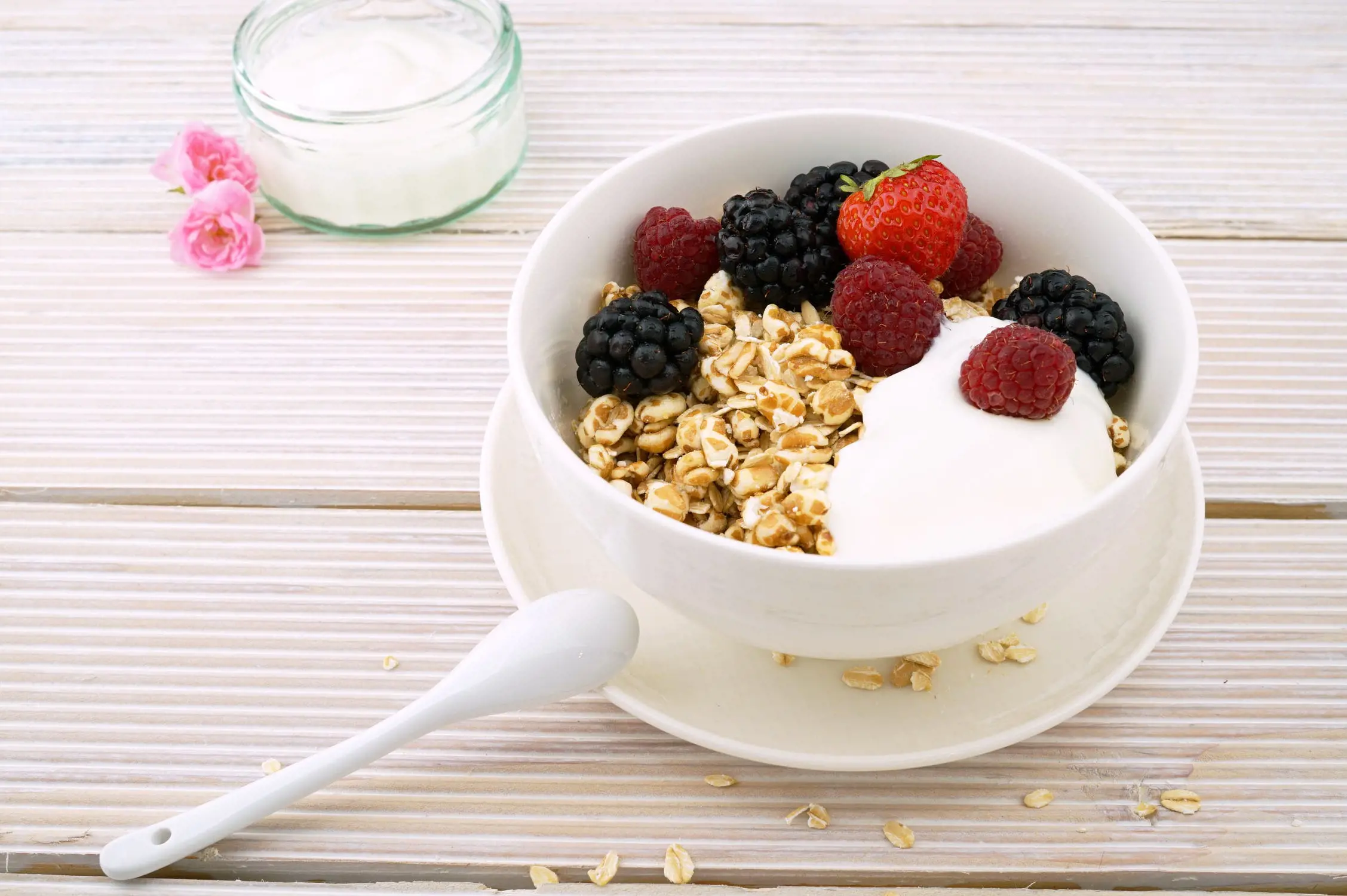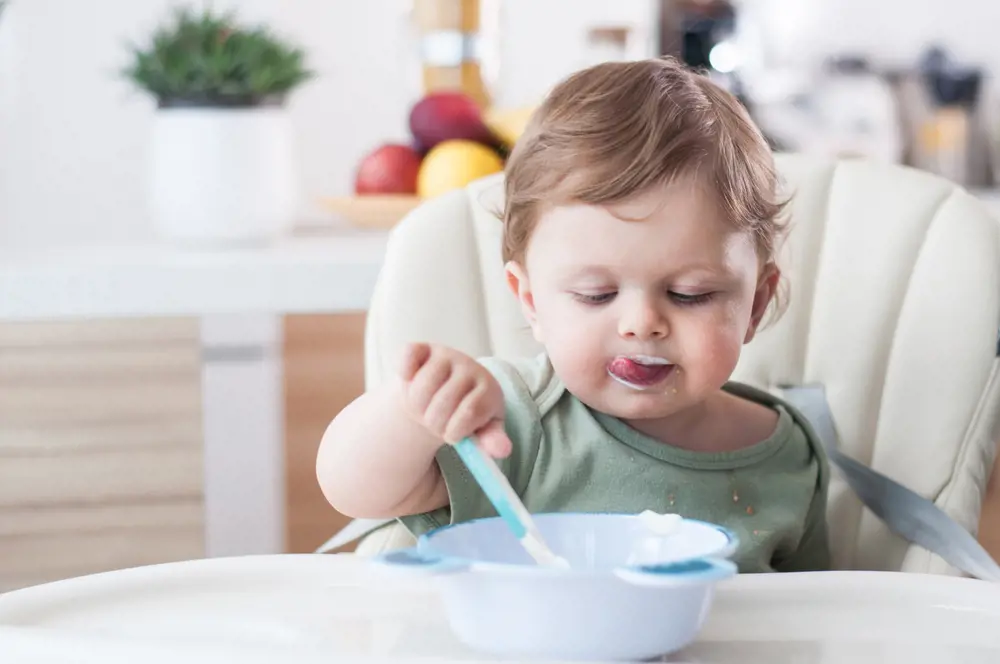
A guide to reading baby food labels
What should you look for when you get to the supermarket and are overwhelmed for choice with shelves full of jars and pouches?
Nutrition
By Bio Island Nutrition Team
Introducing solids to your baby is a scary time for most mothers. Whilst we would all love to have enough time to be able to prepare and give our babies homemade purees, the reality is that looking after a new baby means that you barely have enough time to fed and shower yourself let alone make a range of healthy and hearty foods for your baby to try. This is where store bough baby foods are a great convenience for those times when you get stuck and need something quick and easy. But what should you look for when you get to the supermarket and are overwhelmed for choice with shelves full of jars and pouches.
When choosing baby foods at the supermarkets, it is important to choose a range different flavours, colours, and textures to provide lots of variety into your baby’s diet. As adults, we are constantly told to ‘eat from the rainbow’ and this should be the same for your baby as this will ensure that they are getting a variety of different nutrients into their diet. It is easy to just keep choosing their favourites but by introducing different foods will help you baby to be a good eater as they grow.
Check the ingredients!
The first thing you want to check is the ingredients list on the back of the packet. Ingredients are listed from most to least, so you want to make sure that the first 3 ingredients come from a natural food source, such as meat, fruit or vegetables. Where you see fat, sugar or salt at the beginning of the ingredient list it is probably best to steer clear of that product as it is most likely contains them in high amounts.
Watch the sugar!
You will often see many baby food products claim that they have ‘No added sugar’ but be aware that this doesn’t mean that it is sugar free. Food such as honey, dried fruit or fruit juice are often used to provide sweetness and whilst a small amount of sugar is ok it is best to be mindful of how much sugar they are consuming from different sources. Sugar can also come under many other forms such as glucose, fructose, sucrose, maltose, and dextrose.
Hold the salt!
Babies (and children) require considerably less sodium that adults. The Adequate Intake levels for sodium is set at 120mg per day for infants between 0-6 months and 170mg per day for infants 7-12 months. When choosing foods for your baby, look for ones that claim that they are have ‘no added salt’ or ‘reduced/low in salt’. Check the nutritional information panel to see how much sodium per serve and per 100g is included.
Less is more!
There are plenty of baby food options available that only contain fruits and vegetables and avoid the use of thickeners and preservatives. These are the best options to select as it is almost as it as if you had made it yourself. You want to avoid foods that have any artificial flavours or colours as well and choose different options that are close to natural foods.
Compare!
The Nutritional Information Panel (NIP) is listed on every product and will have a column that shows average amounts per serving and per 100g. Use the column stating quantities per 100g to compare different products and brands to choose the best option for your baby.
This information does not take into account your personal situation and is general in nature. You should consider whether the information is appropriate for your needs and seek professional medical advice.
Always consult your healthcare professional before taking any supplements or if any concerns arise.
